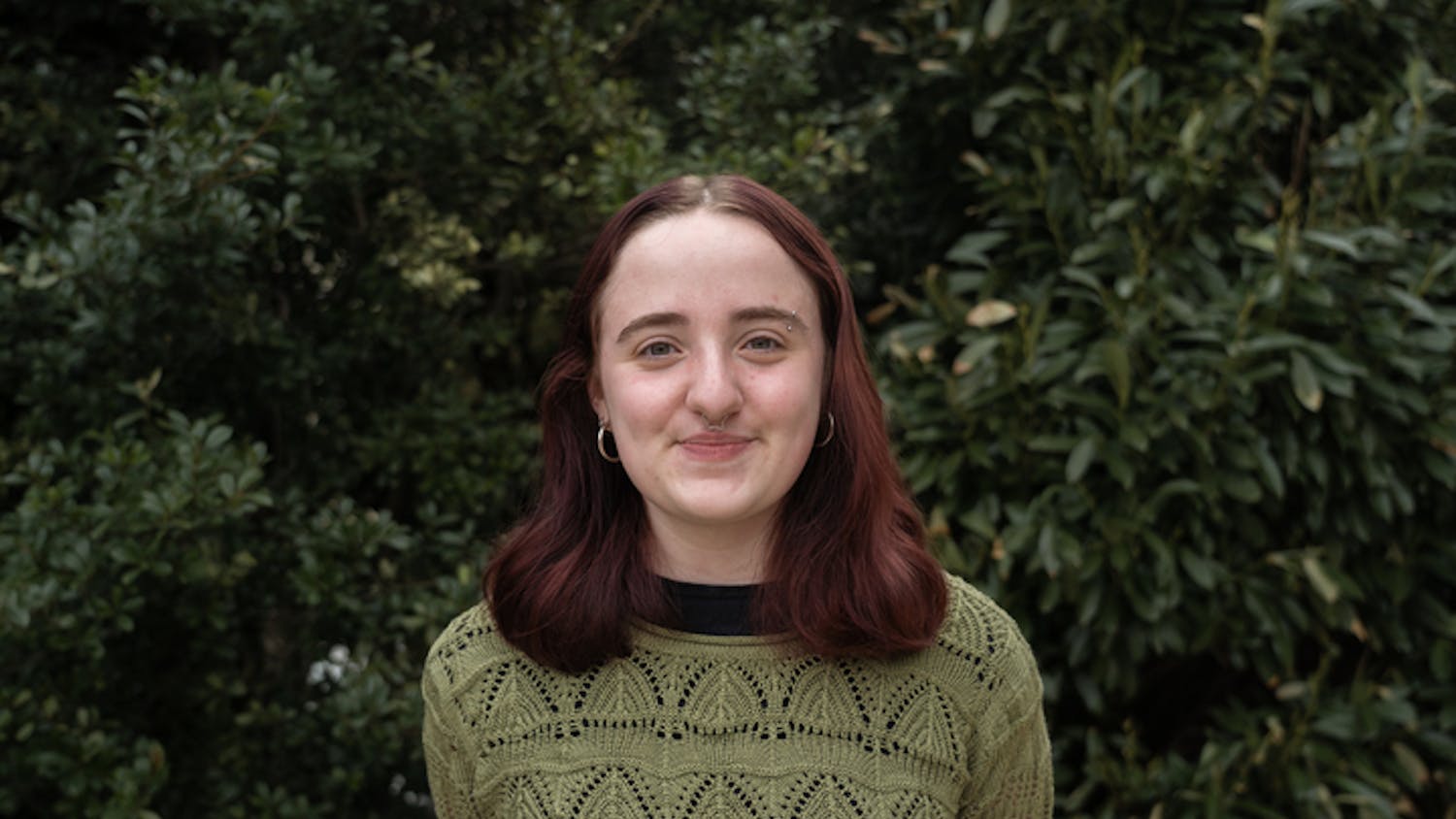To uplift Indigenous artists and highlight stories about Indigenity from their perspective, the National Museum of the American Indian hosted its annual Native Cinema Showcase from Nov. 18 to Nov. 25.
Future Focused Shorts
This compilation of short films highlighted animated and kid-friendly stories focused on the future generations of Indigenous communities.
“Evan’s Drum,” directed by Ossie Michelin, is a heartwarming story that follows Amy Winters as she tries to teach her son Evan the lost Inuit practice of drumming. Winters leads a drumming troupe in Labrador City, near the Quebec border, which has shrunk in membership from 18 to five in the preceding years. The film depicts endearing scenes of Winters and her son making a drum and illustrates how family bonds are strengthened through the sharing of traditions. The short concludes with a powerful shot of Winters and her son playing their new drums on a serene beach, showing their gratitude for nature by offering the gift of music in return.
While some films highlighted how generational knowledge is being revived, others depicted the reality of Indigenous people trying to teach the meaning behind their art to others outside of their culture. “Mis Manos Tejedoras,” directed by Río Castañeda, focuses on a Mayan artist weaving huipils, or woven shirts, to sell in a touristy town square. The film’s sparing use of dialogue allows its colorful animation and intimate portrayal of the artistic process to speak for itself. Idyllic images of the artist creating a beautiful piece are starkly contrasted with reality when a tourist doesn’t purchase the huipil when the artist won’t bargain for a lower price.
Twisted Tales
This series of shorts depicts reimagined traditional Indigenous stories and satire, documenting rituals and cultural commentary through a unique lens. “Nalujuk Night,” directed by Jennie Williams, portrays a Labrador Inuit New Year’s tradition in which men dress up as Nalujuit, representations of heathen spirits, and knock on people’s doors to determine who has been good that year. If children have misbehaved, they are chased through the snow by the menacing figures dressed in animal bone and fur. The film exaggerates the chase scenes, editing them with intense traditional throat singing and thriller-like editing to poke fun at the children’s reactions to the Nalujuit.
These twisted tales also make comedic jabs at modern issues such as white guilt and cultural appropriation. In the short “My First Native American Boyfriend,” directed by Joey Clift, Emily, a white woman, confesses to her first Native boyfriend Johnny every microaggression she’s ever made, including dressing up as Pocahontas when she was five and calling Rihanna her spirit animal when she was in junior high. Emily also asks Johnny if he's a werewolf like the ones in “Twilight.” Johnny begins to get annoyed, but Emily later reveals that she asked that question because she is a werewolf and morphs into one, resulting in Johnny breaking up with her. The blatant microaggressions and impertinence from Emily satirically displays the consequences of white people thinking that Native people are obligated to alleviate their guilt.
“Portraits From A Fire”
This enticing and emotional film directed by Trevor Mack follows a 16-year-old boy named Tyler who loves to make movies and put on shows for his community. Upset by his distant father who won’t support his art, Tyler confides in a teenager named Aaron who convinces Tyler to make a movie about his deceased mother. The movie shifts between reality and Tyler’s visions of his mother, interrupted by alarming glitches in the screen in which his mother physically appears for seconds at a time. Ending in a heart-wrenching reconciliation with his father, “Portraits from a Fire” powerfully depicts love and loneliness from a teenager’s perspective.
Imagining the Indian
“Imagining the Indian,” directed by Aviva Kempner and Ben West, is a documentary-style feature tracing the fight to abolish Indigenous mascots and unpacking the effects of non-Indigenous people’s perceptions of Native Americans.
The documentary unpacks the symbolism of Indigenous mascots in sports, from how football is a territorial game to the origin of the word mascot from the Spanish word “mascota,” which translates to “pet.” The occupational range of Indigenous people interviewed includes poets, curators, musicians, athletes, professors, actors and activists, and is a testament to how the fight against Native mascots is interdisciplinary and has negative implications for fields besides sports.
In one poignant scene, Suzan Shown Harjo, an author, activist and scholar of Cheyenne/Hodulgee Muscogee descent, says of ending mascotting, “You’re trying not just to end the disdainful imagery, but eliminate what has taken the place of you in other people's eyes and the reason they can’t see you as a human being”.
From informational documentaries to comedic shorts to moving features, the 2022 Native Cinema Showcase showed the importance of consuming art created by Indigenous people and the power of art to dismantle stereotypes and monoliths.





